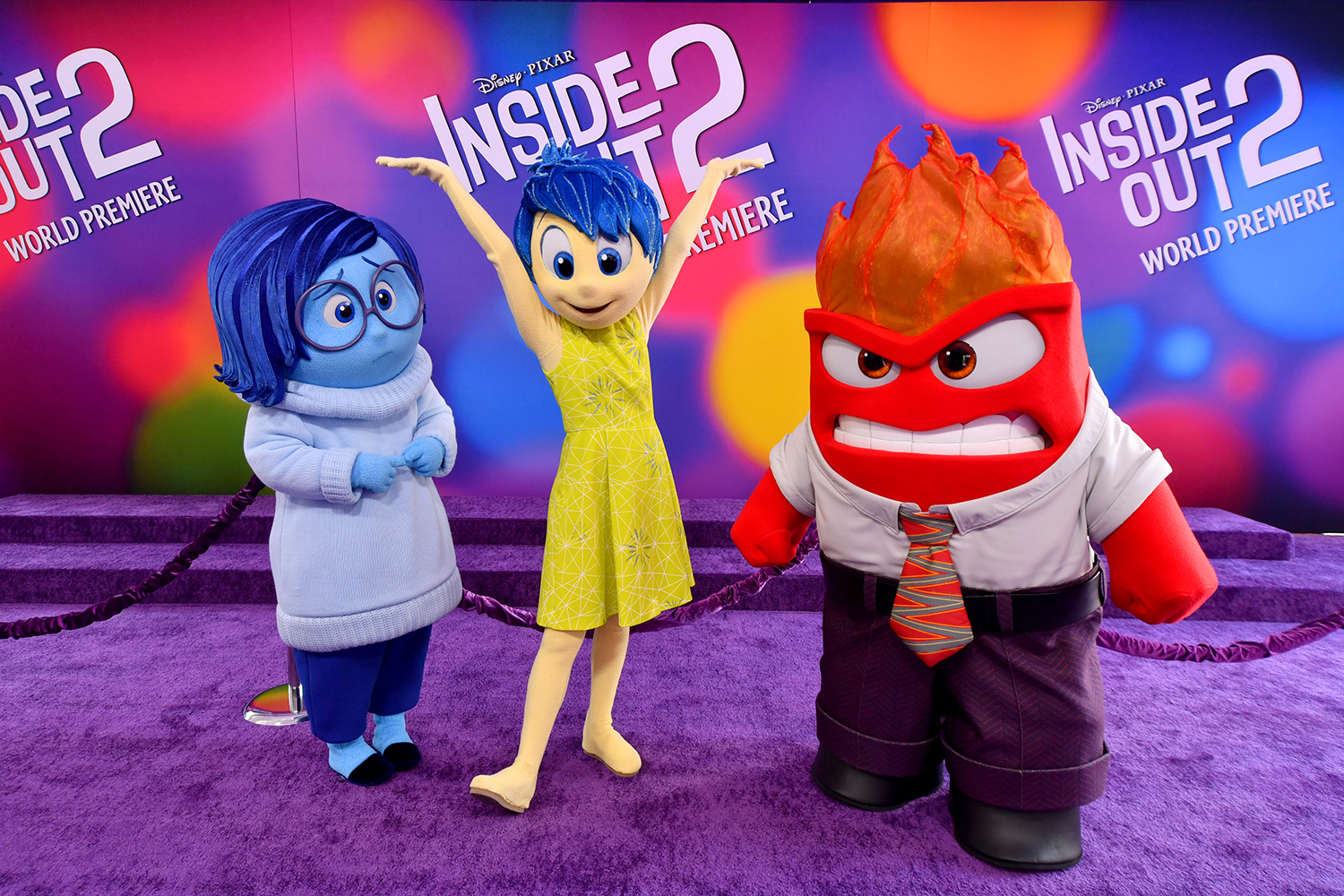With the first doses of a COVID-19 vaccine arriving nationwide this week, the big question becomes: what good will it do if not enough people are willing to take it?
At least a third of Americans would not accept or are unsure about accepting a COVID-19 vaccine, according to research conducted by Natalie Shook, a social psychologist and associate professor in the School of Nursing.
Shook has spent most of 2020 studying how behavior and social attitudes change, and what factors influence those changes, when people in the United States are faced with the threat of widespread disease.
Now she’s turning her attention to developing and testing different kinds of messages to see if they can persuade individuals to get a COVID-19 vaccine. This study is supported through the Office of the Vice President for Research’s COVID-19 Research Seed Funding (COVID-RSF2) Program.

“There are a lot of different factors underlying why people would get a vaccination or why people are wearing a mask or social distancing,” Shook says. “Developing an array of messages that tap into those different motivations is really important.”
Shook and her team have found that germ aversion and disgust are strongly tied to concern about COVID-19 and engaging in preventive health behaviors. They also discovered that greater disgust sensitivity is connected to a greater willingness to accept a COVID-19 vaccine.
About 200 people who say they’re unlikely to, or unsure if they will, get a vaccine will be recruited for the study. They will then be randomly divided into three groups. Participants in two of the groups will read messages about COVID-19 vaccination, while the third group won’t receive any messages and will be used to see if vaccine hesitancy naturally changes over time.
Individuals in the disgust group will receive messages that contain information about COVID-19 symptoms and images that induce disgust. In the education group, the messages will contain information about the benefits of vaccination and correct misunderstandings. Afterward, all participants will fill out a survey that will measure their likelihood to get a vaccine, as well as their other vaccination-related attitudes.
“Knowledge is power, but sadly knowledge alone is not always going to do it,” Shook says. “The nice thing is disgust is pretty easy to elicit, and we’ll see if that will add that additional motivational boost to get people to shift their intentions.”
Shook’s findings could have ramifications beyond the COVID-19 vaccine, as well. Deciphering which kinds of messages increase immunization could be applied to other vaccines that have low participation rates, such as the flu vaccine. In fact, Shook was beginning to study how to increase flu vaccination rates before the pandemic hit.
“My hope is that we can learn something and transfer this thinking about messaging to try and increase people’s tendency to get flu vaccinations,” Shook says. “I hope there are broader implications from this work than just COVID-19 vaccination.”
For now, though, COVID-19 is obviously the most pressing concern.
“We really need to figure out how we can motivate or persuade people to accept this vaccine,” Shook says. “It’s amazing how quickly they developed these vaccines, but if people aren’t willing to accept it, it doesn’t matter how much vaccine we make.”
Follow the UConn School of Nursing on Facebook, Instagram, Twitter, or LinkedIn.



